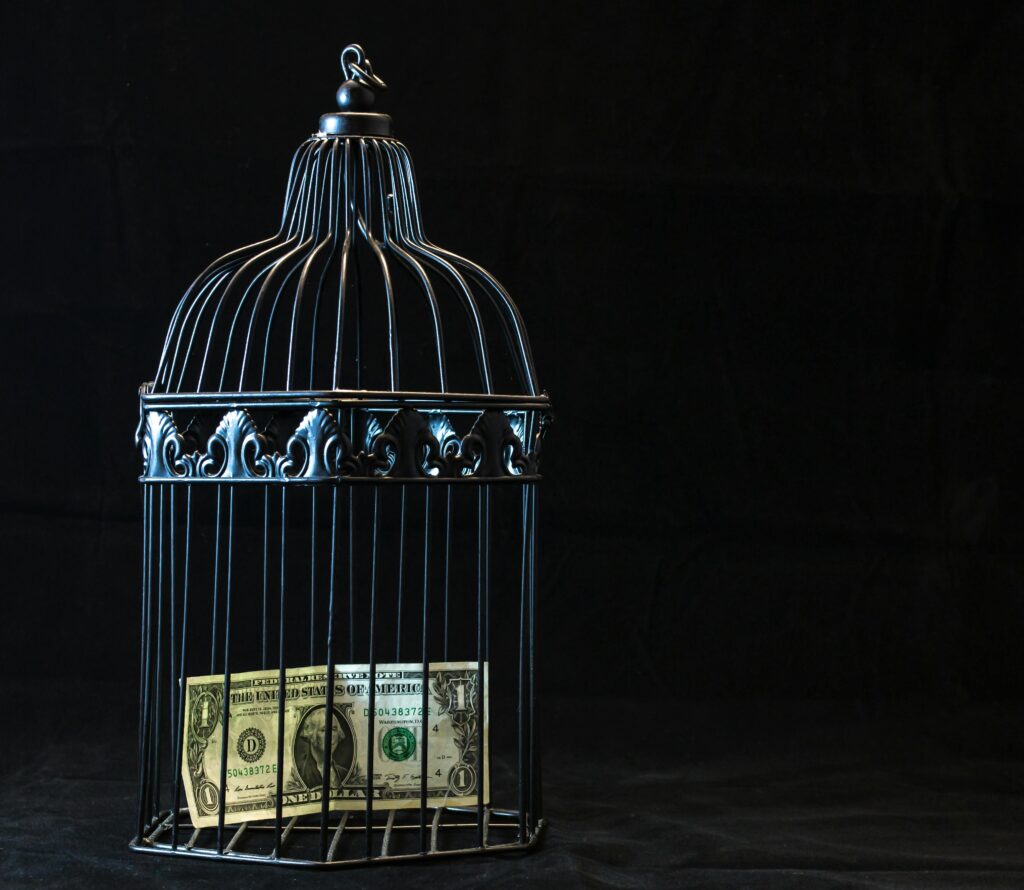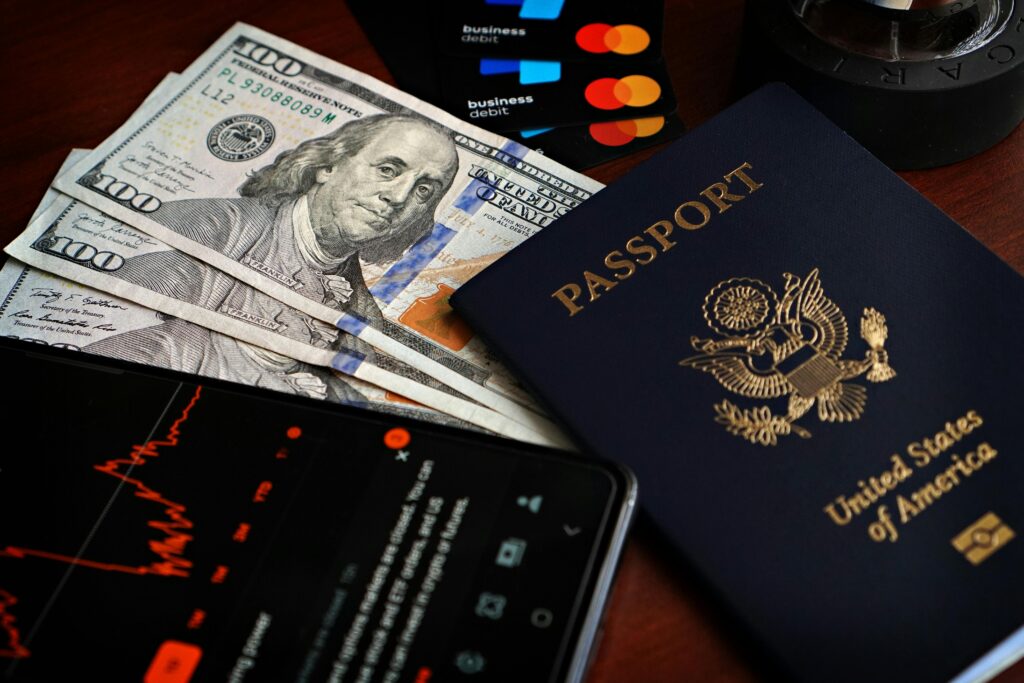Table of Contents
Introduction:
Your 30s might feel like a financial struggle, whether it’s student loans, career growth, maybe a mortgage, and the growing pressure to “figure it all out.” But here’s the thing: this decade is your financial sweet spot.
Financial freedom isn’t about having millions in the bank. It’s about having control over your money, your time, and your choices. It means not lying awake at night worrying about bills. It’s the ability to take that career risk, travel without guilt, or retire early if you want to.
Your 30s are the perfect time to build this freedom. You’re likely earning more than you did in your 20s, but you haven’t hit peak expenses yet. You have time for compound interest to work its magic, but you’re also old enough to make smart decisions with your money.
Ready to discover the secrets that can transform your financial future? Let’s dive in.
What Financial Freedom Looks Like
Before we delve into the details, let’s clarify what financial freedom truly means. Everyone has a different perspective on what financial freedom is, but in my opinion, it’s not about being rich; it’s about being free from borrowing money from anyone to satisfy or complete your needs.
The other perspective of Financial freedom is that you are not dependent on your next salary or paycheck to survive. You have options. It may be your savings or other streams of income that cover your basic expenses. Or simply not panicking when unexpected costs pop up.
Here’s what it’s not: You don’t need to live like a monk or earn a six-figure salary. Some of the most financially free people I know earn modest incomes but have built systems that work for them.
The biggest myth? That financial freedom is only about income. Wrong. It’s about what you do with that income. A person making $50,000 who saves 20% and invests wisely can be more financially free than someone making $150,000 who spends it all. One of the most my favorite quotes is about financial freedom. Money is not what you make but what you keep.

Take Step: Where You Are Right Now
You can’t reach financial freedom without knowing your starting point. It is all about clarity, where you are right now, and where you want to go.
Calculate Your Real Net Worth
Your net worth is simple math: what you own minus what you owe. Add up your savings, investments, and valuable assets. Then subtract your debts—student loans, credit cards, mortgage, and car loans.
You don’t need to panic if the number is negative. Many people in their 30s start here, especially with student loans. The key is tracking the trend over time.
Tools like Mint, Personal Capital, or even a simple spreadsheet can help you monitor this on a month-by-month basis. Watching your net worth grow becomes addictive in the best way.
Get Honest About Your Spending
If you are serious about your financial freedom, you will have to track your every dollar for one month. Not to judge yourself, but to understand where your money goes. Most people are shocked by their results. In simple words, you will need to do budgeting if you want to know how to create a budget and stick to it. I have already written a blog on it.
That $5 coffee might not break your budget, but three subscription services you forgot about definitely will. Small leaks sink big ships, and awareness is the first step to plugging them.
Assess Your Income Potential
You have to consider your earning potential from three angles: your current job, side income opportunities, and passive income opportunities. Your 30s are the prime time to maximize all three and achieve success in this journey.

The 7 Secrets to Financial Freedom in Your 30s
Secret 1: Master the Art of Living Below Your Means
The first secret to becoming financially independent is to live below your means. It refers to you having to spend less money than you earn. This isn’t about depriving yourself; it’s about being intentional with your money.
Start with the 50/30/20 rule as a baseline: 50% for needs, 30% for wants, 20% for savings and debt payoff. Adjust these percentages based on your goals and situation. I have already talked about this principle in my How to create and stick to a budget.
The biggest trap in your 20s or 30s is lifestyle inflation. where you spend more than you earn, such as leasing a nicer car, living a luxurious life, and eating out more often. Before you know it, you’re living paycheck to paycheck on a higher salary.
Secret 2: Eliminate High-Interest Debt Like Your Future Depends on It
Because it does. Credit card debt charging 20% interest will sabotage every other financial goal you have.
Choose your attack method:
- Debt snowball: Pay minimums on everything, then attack the smallest balance first. Great for motivation.
- Debt avalanche: Pay minimums on everything, then attack the highest interest rate first. Better mathematically.
Both work. Pick the one you’ll stick with. The key is consistency and not taking on new debt while you’re paying off the old.
Secret 3: Build Your Financial Safety Net
The third secret towards the journey of financial freedom is to build an emergency fund because it is essential. Start with $1,000, then build toward 3-6 months of expenses.
This fund keeps you away from going into debt when something bad happens, such as Car repairs, medical bills, and job loss. With an emergency fund, these become inconveniences instead of financial disasters.
Keep this money in a high-yield savings account where it’s safe and accessible, but not so convenient that you’ll spend it on non-emergencies.

Secret 4: Harness the Power of Compound Interest
This is where the magic happens. Compound interest is earning interest on your interest, and time is your biggest advantage.
Max out your 401(k) match first—it’s free money. Then consider a Roth IRA for tax-free growth. For investments beyond retirement accounts, low-cost index funds are your friend.
The key is to start now and automate everything. Set up automatic transfers so investing happens without you thinking about it. Your future self will thank you.
A $500 monthly investment earning 7% annually becomes $610,000 over 30 years. Start 10 years later, and it’s only $245,000. Time matters more than timing.
Secret 5: Create Multiple Income Streams
As Warren Buffett’s famous quote if you have only one source of income stream, it means you are about to become poor. Relying on one income source is risky. Your 30s are perfect for building additional streams.
Side hustles have become necessary in this inflation-increasing world. The internet has made it easier than ever to monetize your knowledge and skills.
Passive income is one of the best income streams in the world, where you put your efforts initially, but it pays you off in the long term. I have already written a blog on this topic, 10 best passive income streams in 2025, and a US and UK guide. Read it if you want to build your other income streams and become financially independent.
Start small and scale what works. Many people build side hustles that eventually replace their main income.
Secret 6: Invest in Your Financial Education
The best investment you can make is in yourself. Financial literacy isn’t taught in school, college or even in university so you’ll need to learn it on your own.
Read books like “The Millionaire Next Door” and “Your Money or Your Life.” I have already written about 10 books to improve your financial mindset. The more you know, the better decisions you’ll make. Knowledge compounds just like interest.
Secret 7: Set Clear, Specific Financial Goals
when you are clear about your goal you will definitely achieve it. Vague goals lead to vague results. “Save more money” isn’t a goal—”Save $50,000 for a house down payment by December 2026″ is.
Break big goals into smaller ones and achieve one by one. Celebrate when you hit them. Track progress visually with charts or apps. Short-term goals keep you motivated. Long-term goals keep you focused. You need both.

The Mindset Shifts That Change Everything
Your relationship with money matters as much as your strategy. Here are the mental shifts that separate the financially free from everyone else:
Think abundance, not scarcity. There’s enough wealth to go around. Focus on creating value rather than hoarding resources.
Choose discipline over motivation. Motivation fades. Discipline is doing what needs to be done even when you don’t feel like it.
Spend on your values. Cut ruthlessly on things that don’t matter to you so you can spend freely on things that do.
Progress beats perfection. You don’t need to be perfect with money. You just need to be consistent and improve over time.
Everything is mindset. Change your mindset and you will change your life.
Tools That Make Financial Freedom Easier
The right tools can automate good financial habits and keep you on track:
Budgeting apps: YNAB (You Need A Budget) and EveryDollar help you plan your spending. Mint tracks where your money goes.
Investment platforms: Fidelity, Vanguard, and Schwab offer low-cost index funds. Robo-advisors like Betterment automate investing.
Habit tracking: Schedule weekly money check-ins. Review your progress, adjust your strategy, and celebrate wins.
Accountability: Share your goals with someone you trust, or consider working with a financial coach.
Mistakes That Will Derail Your Progress
Learn from others’ mistakes instead of making them yourself:
Relying only on job income. Jobs can disappear. Multiple income streams provide security.
Ignoring retirement planning. “I’ll start when I’m older” is expensive thinking. Start now, even with small amounts.
Taking on too much debt. That new car payment or credit card balance can destroy years of progress.
Comparing your finances to social media. Everyone posts their highlights, not their struggles. Focus on your own journey.
Trying to time the market. Time in the market beats timing the market. Consistent investing wins over perfect timing.
Real People, Real Results
Sarah, 34, started her financial freedom journey with $40,000 in student loans and $5,000 in credit card debt. She focused on eliminating debt first, then built a six-month emergency fund, and started investing 15% of her income. Five years later, she has a net worth of $150,000 and the option to work part-time.
Mike, 31, used side hustles to accelerate his progress. His web design business started as weekend work but now generates $2,000 monthly. Combined with aggressive saving and investing, he’s on track to have $500,000 by age 40.
These are the best examples from which you can learn and apply them in your life.
Conclusion
Financial freedom in your 30s isn’t a pipe dream—it’s a realistic goal with the right strategy. The secrets aren’t secrets at all. They’re time-tested principles that anyone can apply.
Live below your means. Eliminate high-interest debt. Build an emergency fund. Invest consistently. Create multiple income streams. Never stop learning. Set clear goals.
The hardest part isn’t knowing what to do—it’s doing it. Start with one small step today. Open that savings account. Make that extra debt payment. Set up automatic investing.
Your future self is counting on the decisions you make right now. Don’t let them down.
Financial freedom isn’t about the money—it’s about the choices money gives you. The choice to take risks, to spend time with family, to pursue your passions, to sleep well at night.
That life is waiting for you. Go claim it.
